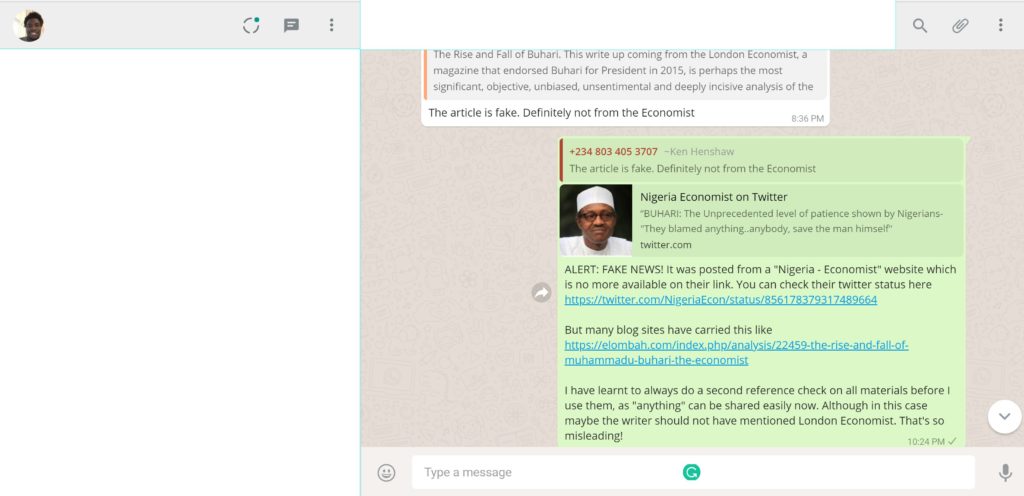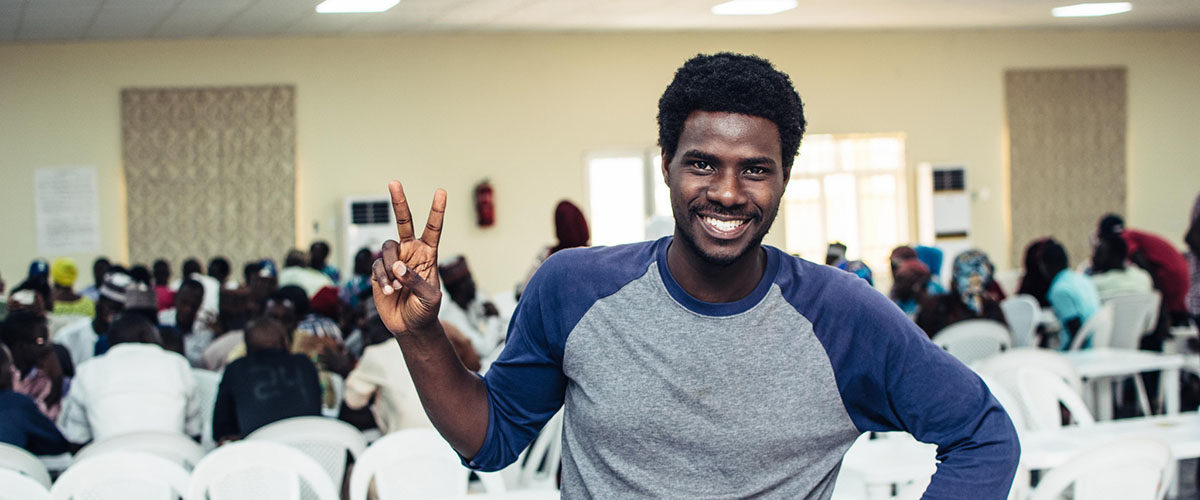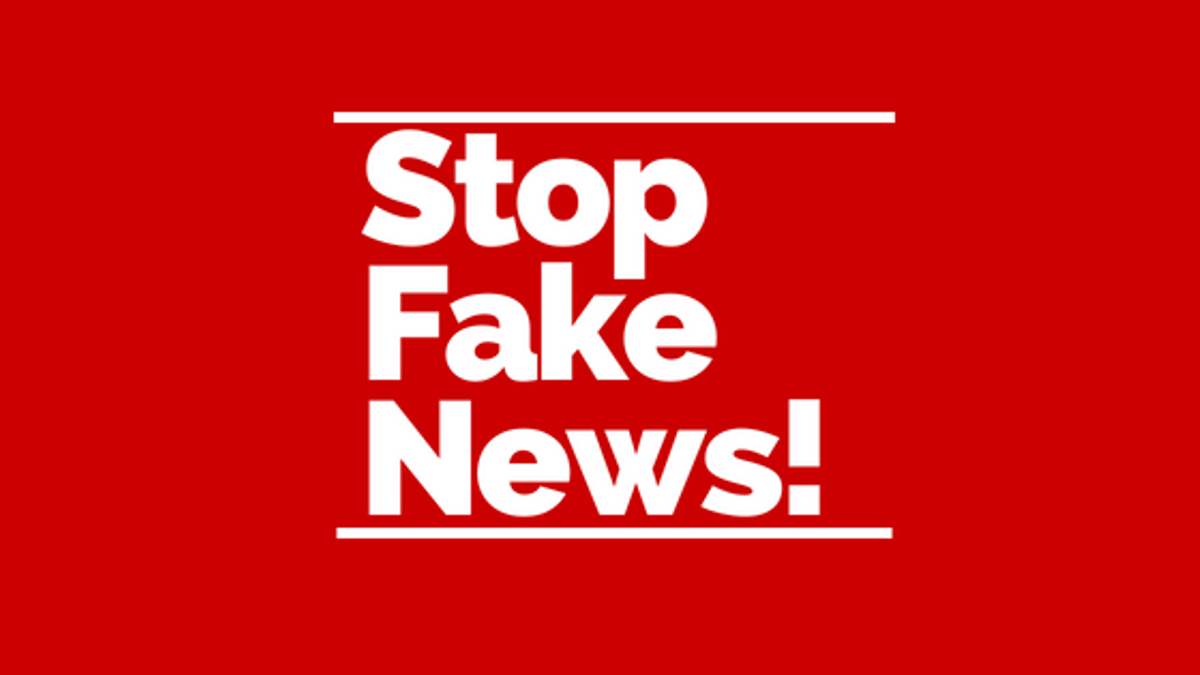At the beginning of 2018, I embarked on a 26 – day ethnography study, to know the number of fake news that is shared within WhatsApp groups that I belong. The results were shocking and worrying – at least, 3 different unverified and fake news is been shared within 2 days, in six groups. That’s 18 fake stories within 2 days, and 234 fake stories within the 26 days. What is more worrying is that the target groups were civil society activist group. Today alone, you might have received tens to hundreds of WhatsApp messages, Facebook Posts, and Twitter Messages. It is highly likely that some of those messages might be unverifiable and false, most times – false alarm. So what about those from the mainstream media – TV, Radio, and Newspapers? They are complicit as well, but owing to their regulation, false information from them might not spread as fast as information dissemination medium that is internet based. As changemakers, in our various domains, we have the civic duty to verify information and use evidence-based information to engage critically. This article is about strategies you can use to halt the spread of false and unverified news. A society should not be built on propaganda, false alarms and untrue information, but by critical thinking and evidence-based discussions.

False news, misinformation and propaganda has lived with us since the beginning of the world, through the medieval age, and the renaissance time. Noam Chomsky’s classic – Manufacturing Consent, gave a detailed picture of how countries, organizations, and individuals have utilized propaganda as a tool to suppress and misinform rivals. It has become more ubiquitous because of the proliferation of the internet. As of today, there are 3.9 billion internet users. That’s about a 42% increase in people using the internet in just three years. The social media gains 840 new users each minute. Since 2013, the number of Tweets each minute has increased 58% to more than 455,000 Tweets per minute in 2017. Since 2013, the number of Facebook Posts shared each minute has increased 22%, from 2.5 Million to 3 million posts per minute in 2016. This number has increased more than 300 per cent, from around 650,000 posts per minute in 2011!
Remember, you are the first line of defence against false information. When you see one, stop it, and give reasons why the story should not be trusted. Together, we can halt the spread!
Strategies to shield yourself from false Information, Stories, or News (Culled from How to Spot Fake News)
1. Consider the source. Are you familiar with the source? Is it Legitimate? Has it been legitimate in the past? If not, you may not want to trust it. If it is a WhatsApp message with no source included, ask for the source of the information from the poster.
2. Read beyond the headline. if the headline is provocative, read all the write – up before passing along the information. Even when the information is legitimate, the headline might not tell the whole story. For example, “Jonathan Bribed lawmakers with 17 billion Naira to pass the budget – Okonjo Iweala”. That is a provocative headline, which ends up untrue.
Also, there are some screaming headlines designed to pull a fast one on the reader. These posts are designed to encourage clicks and generate money for the creator through ad revenue, but they aren’t news.
3. Check the Author’s credential. If it was sent to you without an author, ask the sender who the author was. You can then look up the Author’s name using Google Search.
4. What’s the support sources? Many times, false news or stories will cite official – or official sounding sources, but once you look into it, the source doesn’t back up the claim. For example, there is a false news that the state house budgeted 70 million for the presidency haircut in the Nigeria 2018 budget, but if you check the 2018 approved budget details, Page 118 which has the statehouse budget have nothing of such in the budget line.
5. Double Check the Reference or Source Given. Some false information is not completely fake, but a distortion of real events. They take legitimate stories and twist it, or even claim that something that happened long ago is related to current events. Recently, there was a news that former minister of finance, Okonjo Iweala, in her new book – Fighting Corruption is Dangerous, The Story Behind the Headlines said Jonathan bribed the National Assembly before they could pass the 2015 budget. However, if you flip to Page 80 of the book, where you have a related story, it was not true.
6. Check your biases. Confirmation bias leads people to put more stock in information that confirms their beliefs and discount information that doesn’t. The next time you are automatically appalled at some social media post concerning, say a politician you oppose, take a moment to check it out. Try this:
What other stories have been posted to the news website that is the source of the story that just popped up in your social media feed? You may be predisposed to believe a story about a politician you don’t like but if the alleged news site also features a story about a football match involving India and Nigeria that ended 99 – 0 in favour of India maybe you should think twice before sharing. And that’s actually a fake news that has been around since the 80’s 😉
7. Consult the Experts. We know you are busy, and some of this verification takes time. But fact checkers get paid to this kind of work. Contact them at http://africacheck.org ; https://www.snopes.com/


One thought on “Misinformation and Alternative Facts in our Brave New World!”